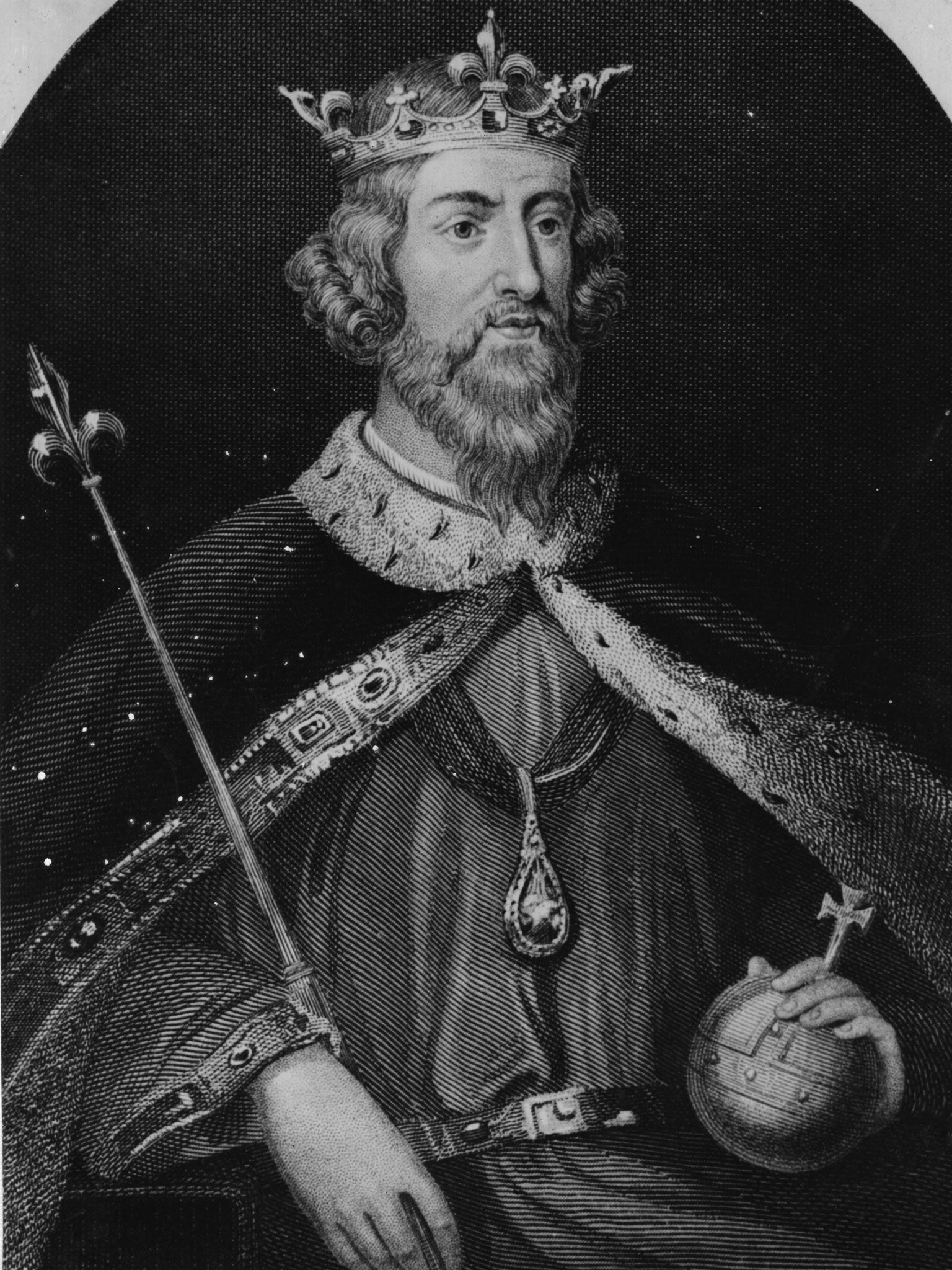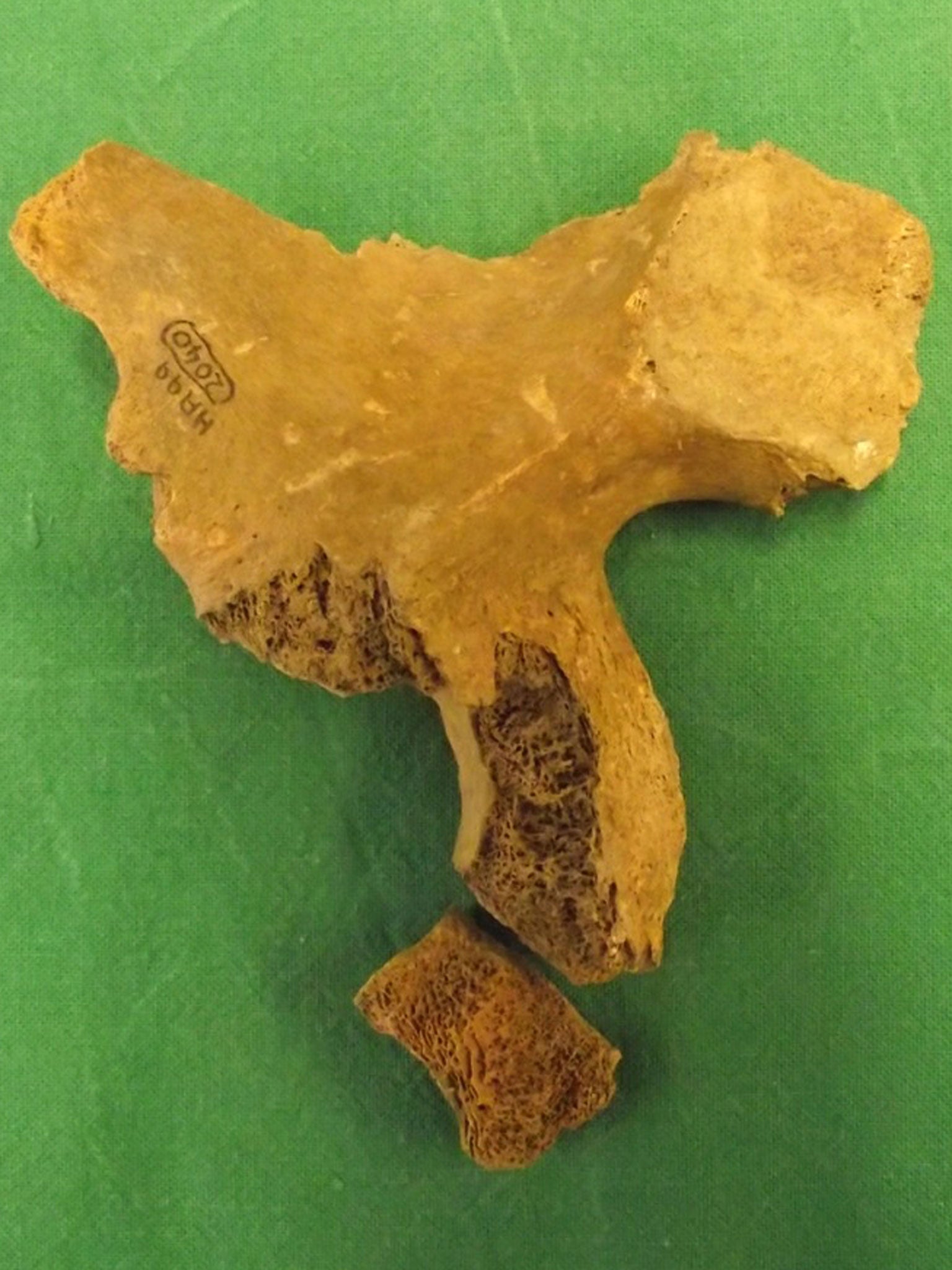Bones of King Alfred the Great believed to have been found in a box at Winchester City Museum
To try to locate more of the royal bones, archaeologists may excavate at the site of the city's medieval Abbey where the pelvic fragment was originally found

Your support helps us to tell the story
From reproductive rights to climate change to Big Tech, The Independent is on the ground when the story is developing. Whether it's investigating the financials of Elon Musk's pro-Trump PAC or producing our latest documentary, 'The A Word', which shines a light on the American women fighting for reproductive rights, we know how important it is to parse out the facts from the messaging.
At such a critical moment in US history, we need reporters on the ground. Your donation allows us to keep sending journalists to speak to both sides of the story.
The Independent is trusted by Americans across the entire political spectrum. And unlike many other quality news outlets, we choose not to lock Americans out of our reporting and analysis with paywalls. We believe quality journalism should be available to everyone, paid for by those who can afford it.
Your support makes all the difference.Long believed to be lost and scattered, King Alfred the Great's mortal remains may be about to make a re-appearance.
A fragment of a male human pelvic bone which had lain unappreciated in a cardboard box in a museum store room in Winchester, once the capital of Anglo-Saxon England, has been identified as probably belonging to either King Alfred himself - or to his son King Edward the Elder. The crucial evidence, announced on Friday afternoon, was a radiocarbon date obtained from the bone by scientists at Oxford University.
Now archaeologists from the University of Winchester are hoping to carry out archaeological excavations and further scientific tests that might reveal which of the two kings the pelvic fragment belonged to.
Further analysis of the fragment (and any bones found in future excavations) may include DNA tests, to help determine identity - and isotopic tests to shed new light on the person's diet.
It's even conceivable that DNA tests on the bone in the future could theoretically shed light on both hereditary or contracted diseases - information that could prove particularly significant, as Alfred the Great suffered from a mysterious illness throughout his life.

To try to locate more of the royal bones, archaeologists may excavate at the site of Winchester's medieval Abbey where the pelvic fragment was originally found.
Apart from the radiocarbon date, the other key piece of evidence suggesting that the bone is that of either Alfred the Great or his son, is the location it was found at - the site of the high altar at Hyde Abbey where historians believe that both Alfred and his son were buried.
Both kings' skeletons had a turbulent history that more than matched the turbulent period in which they had lived.
Alfred died in 899 and was buried in the great monastic church, the 7th century Old Minster in his de facto capital, Winchester. But at the time, a New Minster was being built and when it was completed, four years after his death, his remains were moved, with great pomp and ceremony, to the new building.
A quarter of century later, his son was also interred in the New Minster.
But in the early 12th century, King Henry I wanted to expand his royal palace at Winchester - and the New Minster was demolished to accommodate Henry's plan. The New Minster's monks - and King Alfred and King Edward the Elder's skeletons - were forced to move outside the city walls of Winchester to a new monastery which was specially built to accommodate them. The two Anglo-Saxon kings' skeletons were then re-interred once more - again with much pomp and circumstance - almost certainly immediately in front of the high altar at Hyde Abbey.
But that wasn't the end of their tribulations. For in the mid-16th century Hyde was dissolved by Henry VIII - and fell into ruin, the two kings' graves being largely forgotten. Indeed, so forgotten were they that, in the 18th century, a jail was built nearby and its governor decided to turn the area containing the forgotten royal graves into a garden for his wife.
Workmen, preparing the garden, found what was potentially King Alfred's coffin, stripped it of its lead and sold the metal for cash. They then picked up the bones and scattered them around.
Then, in the 1860s, as scholars became more interested in the Anglo Saxon past, and then again in 1901, the site of the royal graves was further damaged by antiquarians and others desperately searching for Alfred's lost remains.
Finally in the 1990s a proper archaeological excavation took place at the site and substantial quantities of sheep, cattle and human bones were found there - some in the area where the Abbey's high altar had once stood.
But it was only a few years later, in 2002, that the human bones were properly examined and separated from the animal remains.
It was these human bones that Oxford University then dated - and one of them, part of a male pelvis found directly on the site of the high altar, produced a date consistent with it being from Alfred or his son. They were the only males from that period thought to have been buried in that specific very high status High Altar location.
The crucial pelvic bone fragment belongs to Winchester City Council, but it is currently on loan from Winchester City Museums service to the University of Winchester which has been conducting a detailed archaeological and historical investigation into King Alfred's potential remains in conjunction with a community organisation associated with the Abbey site, Hyde900.
“Alfred was hugely influential across the British Isles, but here in Winchester, capital of Wessex, Alfred's story is particularly resonant,” said Professor Joy Carter, Vice-Chancellor at the University of Winchester. “There have been many attempts to find and identify his final resting place over the last century and beyond, but all have proved inconclusive.
“The last months have seen more twists and turns in that story as we have waited with bated breath for our academics to reveal the results of their research.”
Read more:
Join our commenting forum
Join thought-provoking conversations, follow other Independent readers and see their replies
Comments